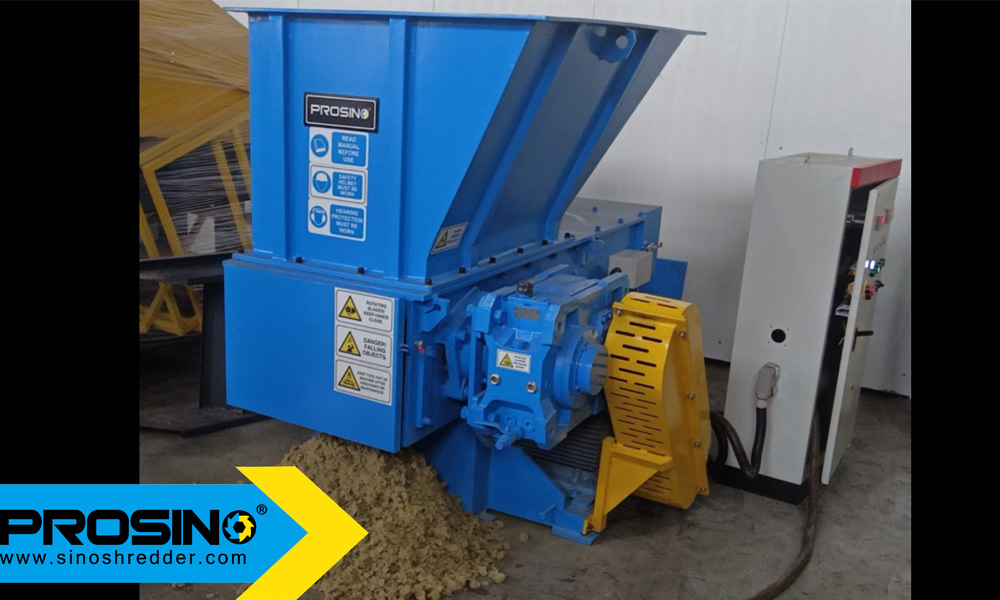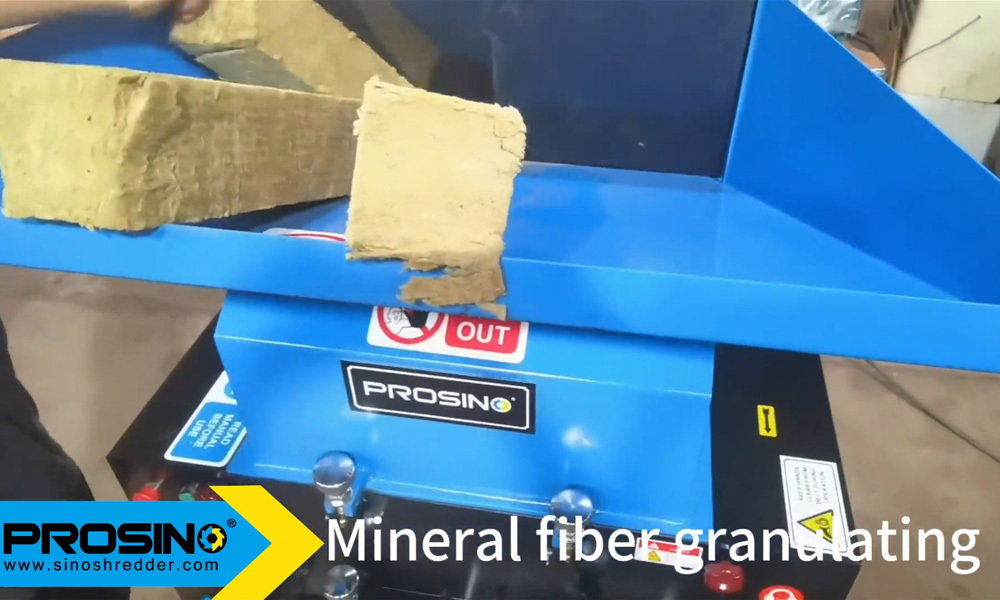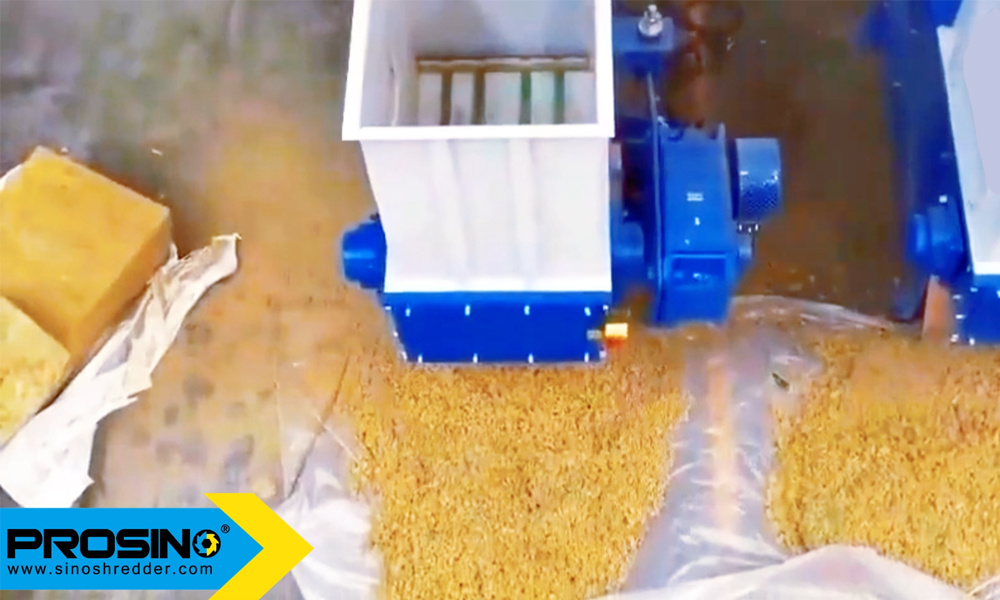Rock wool, also known as stone wool or mineral wool, is a widely used insulation material in the construction industry. It offers excellent thermal and acoustic insulation properties, making it a preferred choice for buildings, industrial applications, and even fireproofing solutions. However, during production, installation, and demolition, significant amounts of rock wool waste are generated. Proper disposal and recycling of this waste are essential to minimize environmental impact. A rock wool shredder plays a crucial role in this process by breaking down bulky insulation materials into smaller, manageable pieces for recycling or disposal.
Why Use a Rock Wool Shredder?
Rock wool waste poses several challenges due to its fibrous and lightweight nature:
- Bulky and Space-Consuming: Rock wool insulation takes up significant space in landfills.
- Dust and Fiber Issues: Handling rock wool can generate airborne fibers, requiring controlled shredding solutions.
- Difficult to Process: Conventional waste shredders may struggle with its fibrous texture.
A rock wool shredder is designed to efficiently process rock wool and mineral wool waste, reducing its volume and preparing it for further recycling or disposal.
How to Recycle Rock Wool?
Recycling rock wool involves several key steps to ensure it can be reused or repurposed effectively:
- Collection and Sorting:
- Rock wool waste is collected from construction sites, demolition projects, and insulation manufacturing plants.
- Contaminants like adhesives, plastic films, or metals are removed to ensure purity.
- Shredding Process:
- The rock wool shredder reduces large insulation pieces into smaller, uniform-sized particles.
- This step ensures the material is easier to handle and process for recycling.
- Cleaning and Refining:
- If necessary, shredded rock wool is processed to remove dust and impurities.
- Recycling and Reuse:
- The cleaned, shredded rock wool can be reprocessed into new insulation materials.
- It can also be used as a lightweight aggregate for construction or incorporated into cement mixtures.
By following these steps, rock wool waste can be effectively recycled, reducing environmental impact and promoting a circular economy.
How Does the Shredder Work for Rock Wool Recycling?
A rock wool shredder operates through a high-torque, low-speed mechanism to efficiently break down insulation waste. Here’s how it works:
- Feeding the Material:
- Rock wool waste is placed into the shredder’s feeding hopper.
- A conveyor or manual loading system ensures a continuous feed.
- Shredding Process:
- The shredder uses heavy-duty rotating blades designed to cut through fibrous insulation materials.
- Output & Collection:
- The shredded rock wool is discharged through an adjustable screen, allowing control over the output size.
- The processed material is then stored for recycling, transportation, or further processing.
Applications of Shredded Rock Wool
Once shredded, rock wool waste can be repurposed for various applications:
- Recycling into New Insulation Materials: Processed rock wool can be reused in new insulation products.
- Lightweight Fillers for Construction: Shredded rock wool can be used as fillers in construction projects.
- Energy Recovery: Some facilities use processed insulation waste as an alternative fuel source.
Whether you are in construction, demolition, or insulation manufacturing, a dedicated rock wool shredder can significantly improve waste handling efficiency.
For more information on selecting the best rock wool shredder for your needs, feel free to reach out to our PROSINO team for your right shredding equipment.
Quick links:
PROSINO mineral wool shredders



















